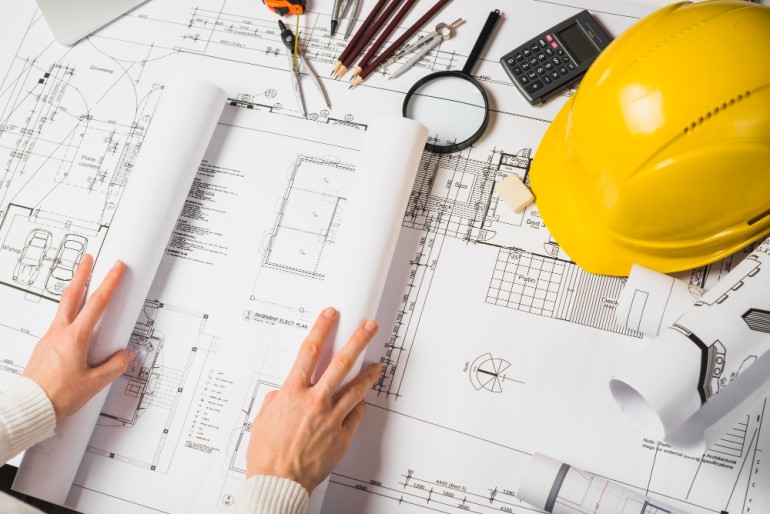- Opening hours : Monday to Friday from 8:30 to 17:00

On 4 November 2022, the Supreme Court answered preliminary questions raised by the Zeeland-West Brabant District Court on the interpretation of the concept of "essentially new construction" for VAT purposes.
The case submitted concerned the supply of an office building converted into a hotel. The question was whether the delivery of a "rebuilt" property was subject to the levy of VAT, making the acquisition exempt from the levy of transfer tax.
The court had asked the Supreme Court under what conditions there is now "essentially new construction". The Supreme Court answered these questions in line with previous judgments by stating that the conversion must have created a new (immovable) property that did not exist before. This is the case if it involves a substantial change to the architectural structure. Other factors may play a role, but are not decisive.
The case study
A BV buys an office building in 2015 for just under €5 million and has the building converted into a hotel for about €7 million. The BV sells and delivers the hotel building to a third party for the sweet sum of just under 16 million Euros.
The work has involved stripping the interior, sanitary modifications, installing a new sprinkler system and installing a new heating system. The existing structure of the building was barely modified. The roof, floors, stairs, ceilings and lifts were neither removed nor replaced. However, adjustments were made to bring the building up to modern building requirements and stakeholder wishes. The conversion has not resulted in an expansion of existing surfaces. Nor has the appearance of the building been changed.
The buyer is of the view that the conversion has resulted in "essentially new construction" which means that a new building has been delivered to her in the VAT sphere, as a result of which she believes she is entitled to the transfer tax exemption. This is advantageous to her because she can deduct the VAT.
However, the tax authorities are of the opinion that there is no question of 'essentially new construction' and impose an additional transfer tax assessment. The buyer refers the matter to the District Court, which asks further questions of the Supreme Court. The court takes the view that there are no unambiguous guidelines for assessing when there is 'essentially new construction'.
The Supreme Court indicates that when work is carried out on an existing building, a building that did not exist beforehand is produced only if the work is so substantial that it has resulted in 'essentially new construction'. According to the Supreme Court, whether 'essentially new construction' has occurred must be determined on the basis of what has happened to the building in structural terms. Only changes to the building structure, such as replacement (of part) of the existing building structure, can justify the conclusion that a conversion was so substantial that it essentially created a new building. Furthermore, the Supreme Court indicates that a renovation will not easily be so drastic as to constitute 'essentially new construction'. This should be assessed on a case-by-case basis.
According to the Supreme Court, in addition to the change in the existing building structure, the following factors may also constitute an indication of 'essentially new construction':
The aforementioned factors, as well as other factors, can be indications that a conversion has been so substantial from an architectural point of view that essentially a new building has been created. However, according to the Supreme Court, these factors, taken by themselves or together, are not decisive or necessary.
Significance for practice
For practice, the Supreme Court's ruling is of great significance. Previously, it looked at four criteria: the presence of major exterior and interior changes, the existence of a change of function or use, and the presence of a significant relationship between the amount of conversion costs and the value of the old building. Recently, some rulings have been observable in which more importance was given to changes of a constructive nature
The Supreme Court followed this new path and took the position that there must be changes of a constructive nature. In its view, a renovation will not easily lead to a renewal construction. We think that the facts and circumstances of each individual case will still be leading and therefore expect future proceedings on whether or not a renovation is necessary.
0 Comments